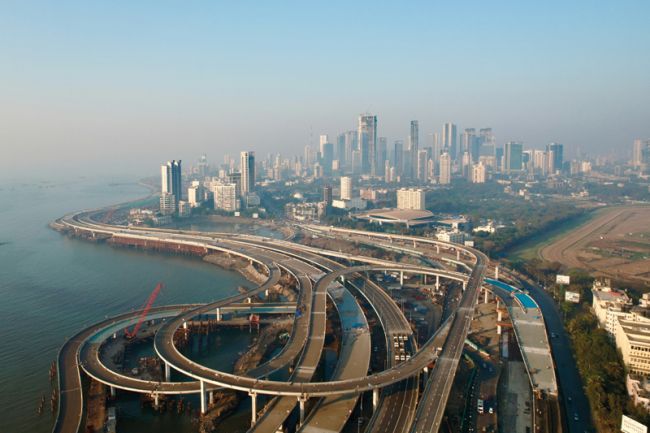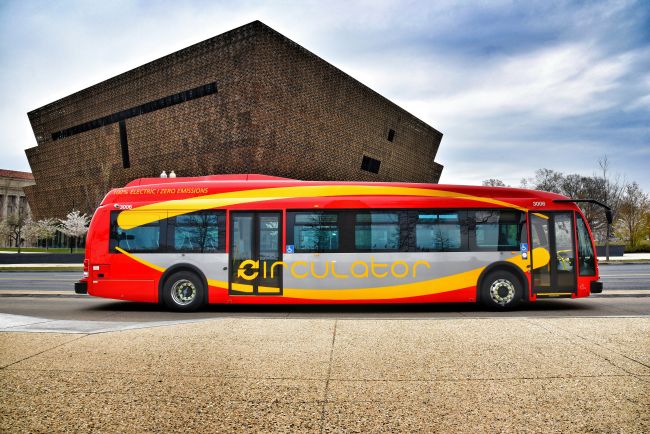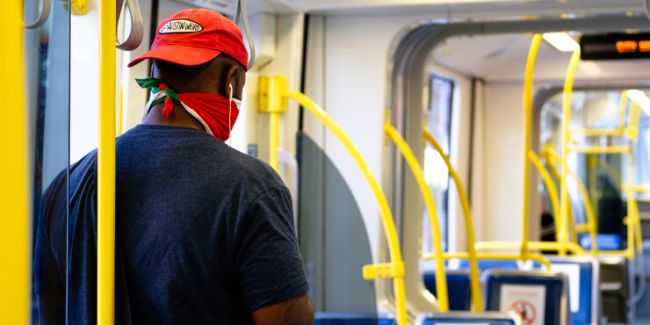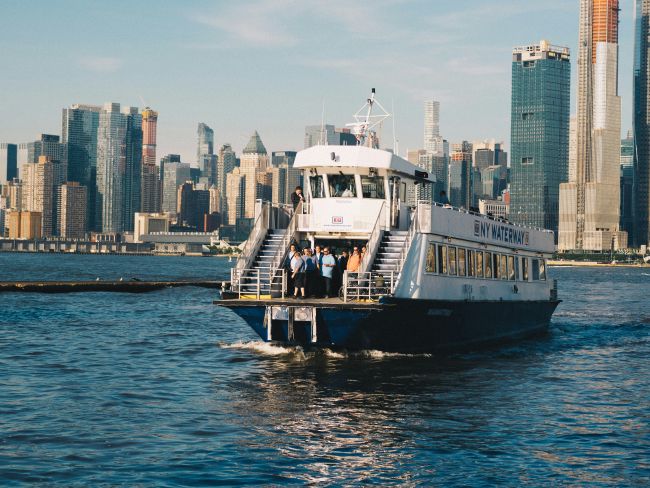Why do we need TDM brands?
Government agencies are increasingly looking to TDM programs to help address congested transportation networks.
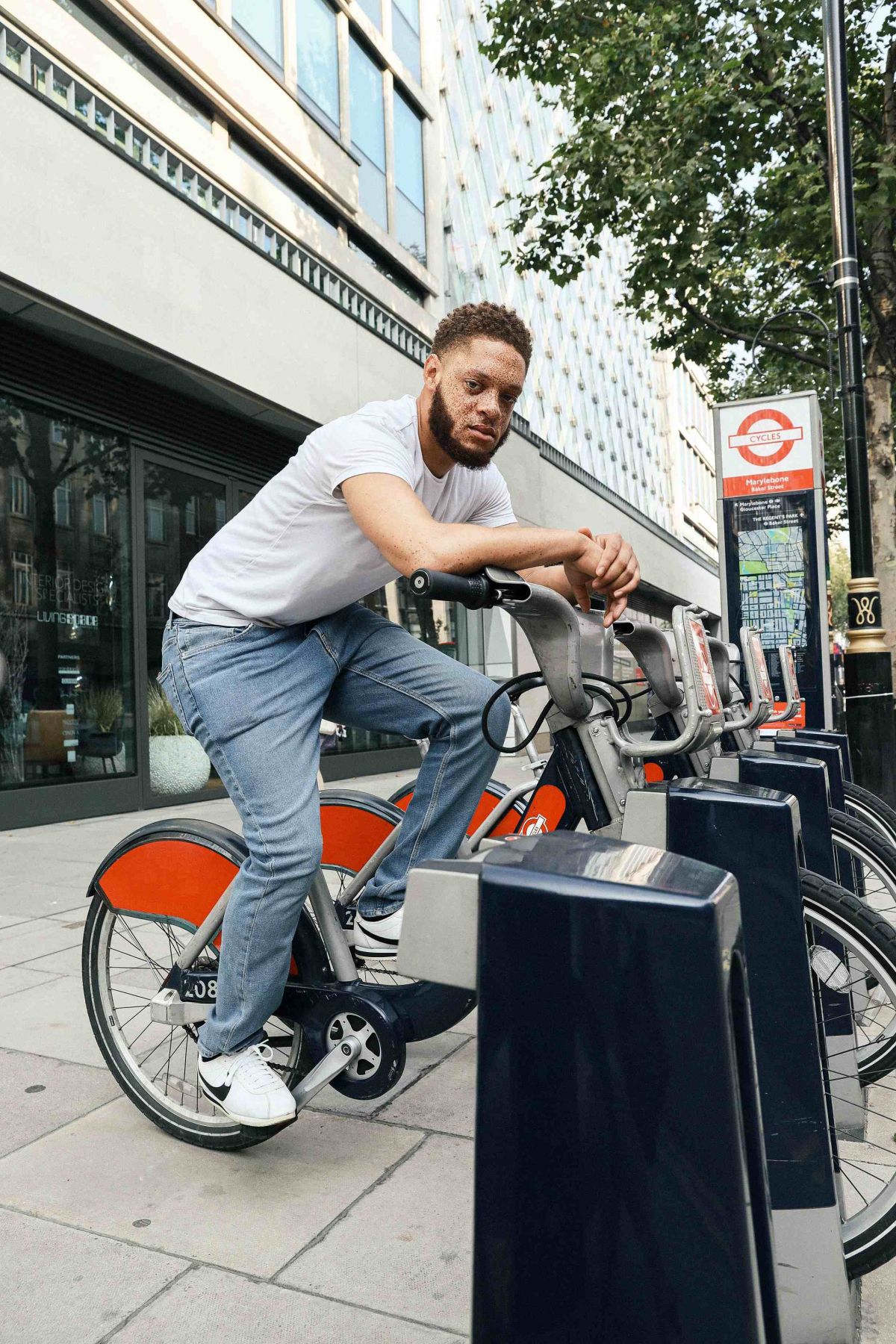
Government agencies and private companies alike are increasingly looking to transportation demand management (TDM) programs to help address our increasingly congested transportation networks. Meanwhile, auto-manufacturers do their best to counter these efforts by continuing to invest millions of dollars building and managing their brands to sell more vehicles.
TDM has a significantly lower marketing spend profile than auto manufacturers which can restrict efforts to compete with the allure of the private auto and engage with consumers accustomed to sophisticated marketing techniques.
The automobile industry has successfully used branding for decades, marketing their cars by understanding their customers and engaging with them emotionally to build brand recognition and trust. For TDM to achieve its potential it also needs to understand and engage with its target audience to promote and normalize sustainable mobility, and that objective will be much more readily achieved if it’s packaged within a well-considered brand and marketing strategy.
Auto makers have it easy because they are selling one product: personal vehicles – and they have much greater control over all aspects of that product’s quality. TDM on the other hand, covers a complicated web of ‘products’ offered by many providers with variable benefits and challenges, at different pricing points and with potentially varied levels of service. A TDM brand can help communicate this offer consistently by bringing the varied transportation modes and initiatives together under a single, credible vision and promise.
However, creating and managing an effective TDM brand –– requires an understanding of how a brand works. To start it requires a clear vision for the TDM program, an understanding of the target audience and their preferences, and the definition of the rational, sensual and emotional rewards that a customer will derive from participation. This understanding will help shape a TDM brand name, logo, values and messaging.
In the case of private companies, Transportation Management Associations and other agencies with a multi-modal transportation focus, existing branding can be refreshed with messaging and communications that appeal to TDM’s target audiences. For example, the TDM program for the 2012 London Olympics used the event branding with TDM messaging which successfully resulted in over 30% of Londoners changing their travel behavior.
With over 27% of American high school seniors not having a driver's license (almost doubling from 15% in the mid-1990s) and over 77% of college-educated millennials planning to live in America’s urban cores, the opportunity for TDM to inform travel choice has never been greater. These trends mirror Steer Davies Gleave’s UK experience where the number of journeys and the distances traveled by car by individual have continuously fallen since 2005 - the opportunity now is to normalize this behavior. Establishing desirable lifestyle attributes or brand values related to this group –such as flexibility, choice, innovation, progressive thinking, personal autonomy – and translating these values into core messages will help service providers speak to target audiences with a single, relevant voice.
Articulating this understanding to create a compelling visual identity, brand narrative and brand experience will help sell and normalize the product of sustainable mobility. ‘Encouragement’ is not enough in this day and age; people are highly intelligent consumers with access to multiple channels of information that influence their decision-making. They need to be convinced and a well-considered and executed TDM brand can act as the conduit.
Our recent TDM branding projects
City of Berkeley: the goBerkeley program brand was created for the City of Berkeley’s parking management and TDM pilot program to communicate the benefits of multi-modal transportation to support new parking changes in downtown Berkeley. www.goberkeley.info
San Diego Association of Governments: We have initiated a brand development process to build awareness and use of alternative travel options during the 20-year rollout of new transportation infrastructure along the I-5 corridor in North San Diego County. The brand will help regional partners communicate construction impacts and the available transportation alternatives thus reducing congestion while garnering long-term behavior change.
London 2012 Olympics: Steer Davies Gleave’s TDM team played a leading role in the delivery of the London 2012 TDM program, which resulted in over 30% of Londoners changing their travel behavior during the Games and 11% subsequently maintaining that change (two months after the Games ended).



